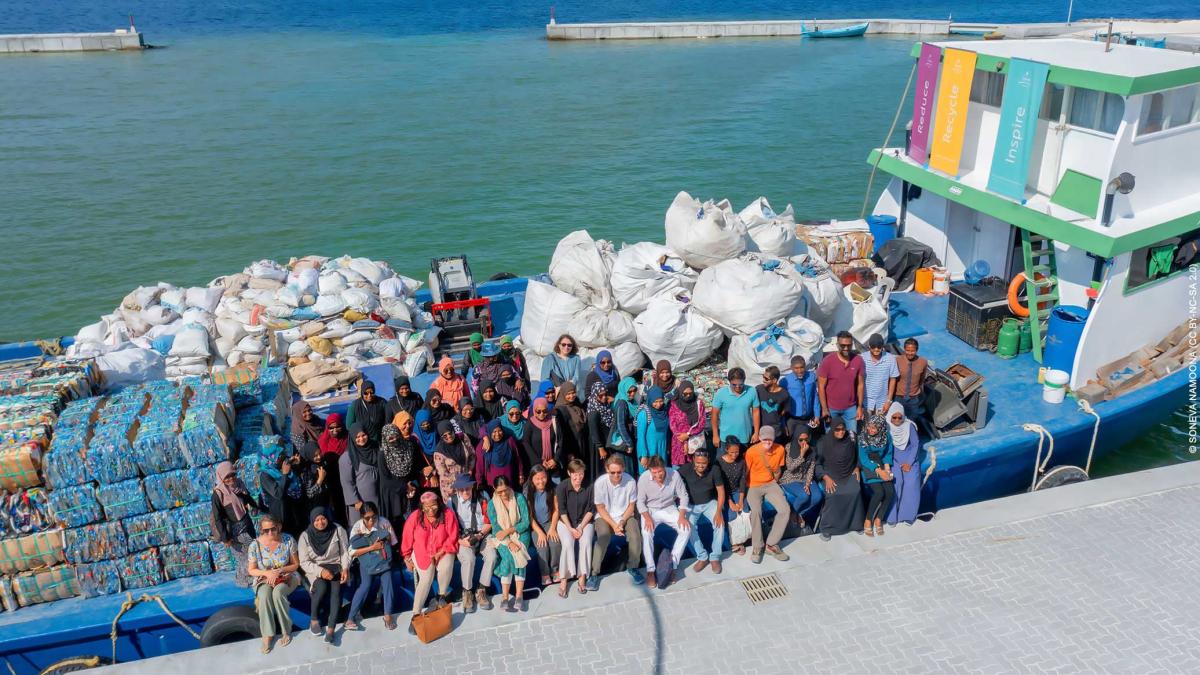VIDEO
Clean Cities, Blue Ocean is the U.S. Agency for International Development’s (USAID) program designed to reduce plastic pollution in the oceans by combating it at its source. As the flagship program under the Save Our Seas Initiative, Clean Cities, Blue Ocean develops capacities to improve waste management systems, build circular economies, promote sustainable solutions, and change waste mindsets in global communities. Local solutions are key to addressing the global challenge of ocean plastic pollution.
CLARE ROMANIK: Once plastic gets into the ocean, it's almost impossible to get out on a large scale.
[TEXT: Clare Romanik, Lead Ocean Plastics and Urban Advisor, U.S. Agency for International Development]
So what we have to do is prevent it from getting in the ocean in the first place.
Clean Cities, Blue Ocean was designed to do that in a systematic and a sustained manner.
Clean Cities, Blue Ocean is actually part of a larger initiative. It’s under the Save Our Seas Initiative.
[TEXT: The Save Our Seas Initiative has prevented more than 1.2 million metric tons of plastic from leaking into the environment — the equivalent of over 127 billion plastic bottles.]
What we want to see is waste managed safely, end to end, from the production of waste to the disposal of waste.
[TEXT: The Philippines]
We focus on improving infrastructure, creating green jobs to staff these new and improved facilities, and identifying local innovations.
[TEXT: Sri Lanka]
We can also incentivize companies to make more sustainable decisions with regards to the plastics and packaging that they're using.
If a company is using packaging that is difficult to recycle, then they should pay a higher fee. Then it becomes a regular cost of doing business, and we're going to see the sustained funding that is needed to improve these waste management systems.
So the lessons that we've learned under Clean Cities, Blue Ocean are now being rolled out in more cities, in the countries where we are already working, and also in new countries—in India, in Ecuador, in Nigeria, and in Kenya. So we know that we are starting something that is really going to be an influence for years to come.
[TEXT: usaid.gov/urban/save-our-seas
U.S. Department of State
Select imagery courtesy of USAID]



